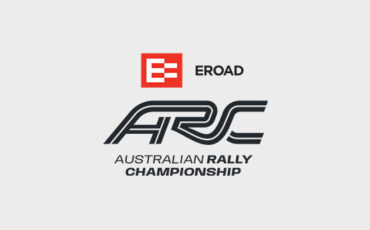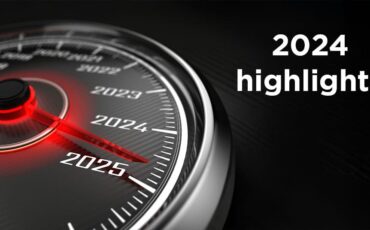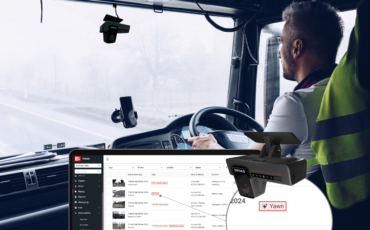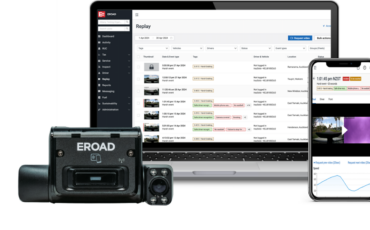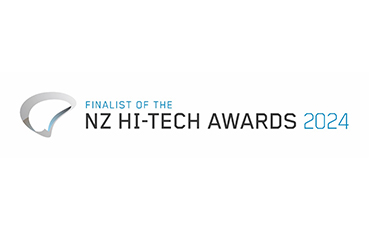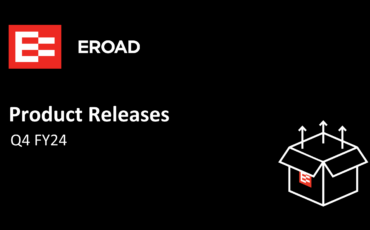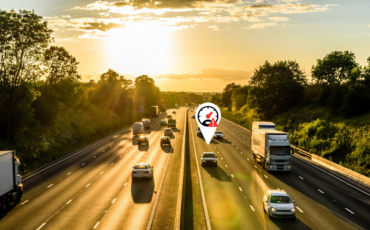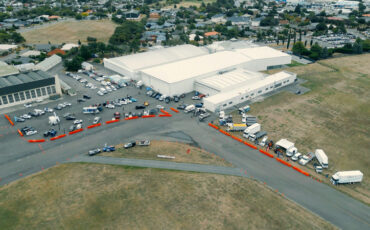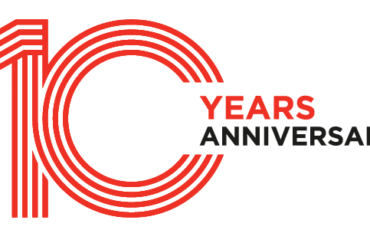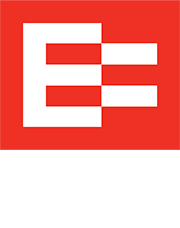Revolutionary approach to reducing harmful crashes on our roads
Revolutionary approach to reducing harmful crashes on our roads
Innovative use of technology can now predict where road crashes may occur, enabling more efficient interventions.
EROAD noticed that commercial vehicles with EROAD’s Ehubo2 installed (originally to automate their Road User Charges and enable efficient vehicle fleet management) were also experiencing significant decreases in harsh braking or overspeed events.
These ambassadors for safety got the company’s analytical engineers thinking. Given those were readily accepted precursors to crashes, could the data be used to predict where crashes would occur, and importantly why? Did improving the safety on our roads have to continue using retrospective information, or could technology really predict the future?
The answer was a resounding yes. The technology developed by EROAD enabled an extensive anonymized and aggregated data set that could not just predict where crashes may occur, but also enabled insights as to what interventions could be considered. Most importantly they could measure the impact of those interventions much faster than before, in order to prevent more ‘high crash areas’ from occurring on our roads.
Gareth Robins, Director of Analytics at EROAD explained “The current intervention loop starts with a crash which gets investigated, followed by an average three years before the effectiveness of any interventions can be assessed. Our innovative approach identifies the precursor events (like harsh braking) as they occur, enabling interventions to be considered and their impact measured in a timely fashion that could prevent a crash occurring”.
At the Transport Knowledge Conference held in Wellington late last week, Gareth presented how the company had identified these areas on New Zealand roads and could measure the impact of any intervention put in place. He gave an example of how moving the placement of road signs could significantly reduce the crash precursors on that section of road. Fewer precursors means less crash harm.
It’s not just New Zealand that is interested in this innovative solution to reduce serious injuries and fatalities on our roads. The International Road Federation (IRF) representing 118 countries, invited Gareth to present EROAD’s revolutionary approach to the Road Safety Committee at the recent IRF symposium held in Las Vegas, Nevada. Interest was high resulting in the presentation being repeated for all members of the general assembly.
This latest research from EROAD continues the Dynamic Risk model the company released earlier this year, which enables transport authorities to move to a predictive programme of risk management and make efficient spending decisions that can improve road safety.
ENDS
Links:
EROAD receives 2019 Global Road Achievement Award
Press Release on Dynamic Risk, April 2019
About EROAD
- EROAD believes every community deserves safer roads that can be sustainably funded. This is why EROAD develops technology solutions (products and services) that manage vehicle fleets, support regulatory compliance, improve driver safety and reduce the costs associated with driving. EROAD also provides valuable insights and data analytics to universities, government agencies and others who research, trial and evaluate future transport networks. This data enables those who use the roads to influence the design, management and funding of future transport networks.
- EROAD launched with the purpose of modernizing New Zealand’s paper-based road user charging system. By 2009 EROAD had introduced the world’s first nationwide electronic road user charging system and now around 46% of collected heavy vehicle road user charges in New Zealand are being collected using EROAD technology. By March 2019, this had delivered NZ$2.5B to NZTA for the sustainability of the NZ transport network. In the USA, EROAD introduced the first electronic Weight Mile Tax service (2014) and the first independently verified Electronic Logging Device service (2017).
- EROAD (ERD) is listed on the NZX, and employs almost 300 staff located across NZ, Australia and North America.


